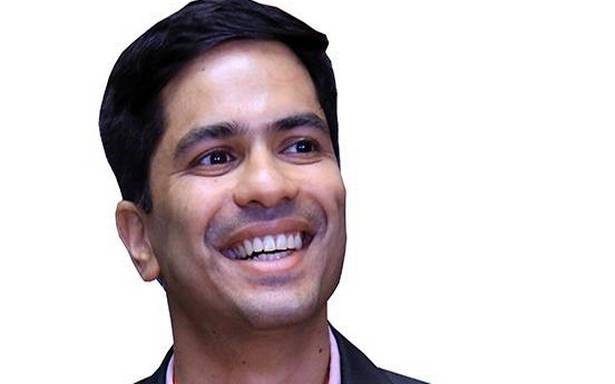People taking sleep seriously now, says Duroflex MD
The five-decade-old Duroflex Pvt. Ltd., a sleep-solutions provider, has set its sights on achieving a turnover of ₹1,000 crore in FY22, tailoring its products for customer needs, says MD Mathew Chandy in an interview. Edited excerpts:
How did you mitigate the challenges during FY21?
FY 21 was a blessing for us. Exactly, this time all our factories, shops and offices were shut. We had a lot of salaries to pay. We all had to work harder and much more together. We focused a lot more on doing smart work rather than hard work. FY21 was the best year ever and most profitable too.
The first quarter was a washout. By the third and fourth quarter, we were 25% above the previous fiscal in top-line. The sales run rate was 50% higher than FY20 and we ended with a turnover of over ₹600 crore. The pandemic was more of a vaccine for us than a virus. We made a lot of investments.
We bought a factory in Indore and expanded our footprint.
What was the learning from the first wave?
People have started taking health and wellness seriously and this pandemic has helped us to realise that sleep is more important than health. We take sleep very seriously and as a result, we put a lot of scientific and medical research into our products. We go far beyond our product. We communicate a lot about passion for sleep to our consumers. We are not selling a product, but promoting a healthy lifestyle.
How do you differ from your competitors?
Though we are 50 years old, we are a technology-led company. We think and behave like a start-up. We have lot of young energy. We like to experiment a lot, communicate a lot, use technology much more and are data driven. We have an old-school value, but with a new-age thinking.
We tailor our products like orthopaedic pillows, mattresses and anti-viral mattress and scientific sleep tracking, among others, for the customers.
What is your capital expenditure plan for FY22?
We have set our eyes of reaching a top-line of ₹1,000 crore during the current fiscal and doubling it over the next three to four years. Last year, we had set aside ₹100 crore [for capital expenditure] of which ₹50 crore was spent on setting up a new unit in Indore.
For the current fiscal, we are again planning to invest over ₹100 crore. This would be for setting up a new unit in the North and for doubling the number of Experiment Centres from 15 to 30 across India.
They will be funded through internal accruals.
Your expansion plans…
Basically, we are a South-based company having three units in Hosur, one each in Bengaluru and Hyderabad, an export unit each in Kerala and Indore. We might add two or three more new units and also expand the capacities of existing ones.
One reason for capacity expansion is the rising export opportunity. Currently, exports accounts for 10% of revenue and this will be doubled in FY22.
Due to cold war between China and the U.S., we are seeing requirement for mattresses and furniture from India. In the long term, we see building world-class manufacturing, world-class R&D in India, which is something good for the economy. We have already started exporting to the U.S.
What is your current capacity utilisation?
We currently operate at 75-80% in two shifts and that’s why we are investing ₹100 crore. We can run one more shift as we have capacities in the South and in the West. But, we do constantly add capacities so as to be closer to the market. So far, we had focused fairly on the South. In the last three years, we expanded our presence in the North. By the end of FY22, we should have equal capacities in the South, North and West. Out of ₹1,000 crore, exports would account for ₹100 crore, About 50% of the ₹900 crore will come from the South and balance from the North and West.
What is the market size for mattresses?
It is between ₹10,000-₹12,000 crore of which the organised sector accounts for ₹4,000 crore.
There about five-six reasonably-large players, 25 smaller players and a long tail of 65% unorganised players. In the South, we have a 25% market share and 15% nationally.
Source: Read Full Article

